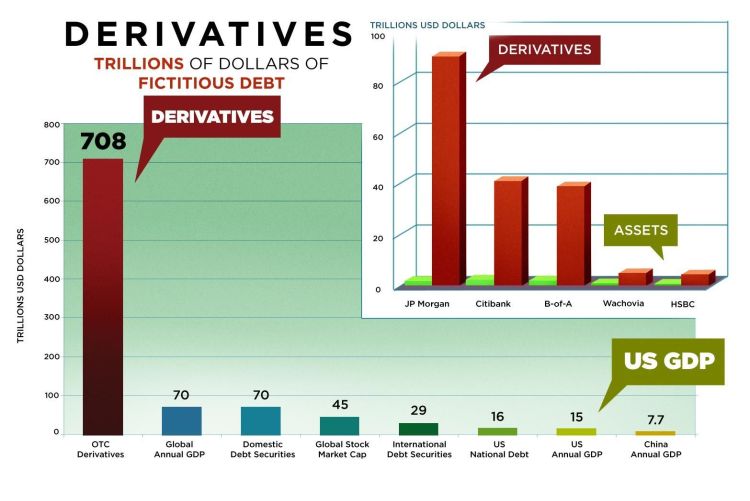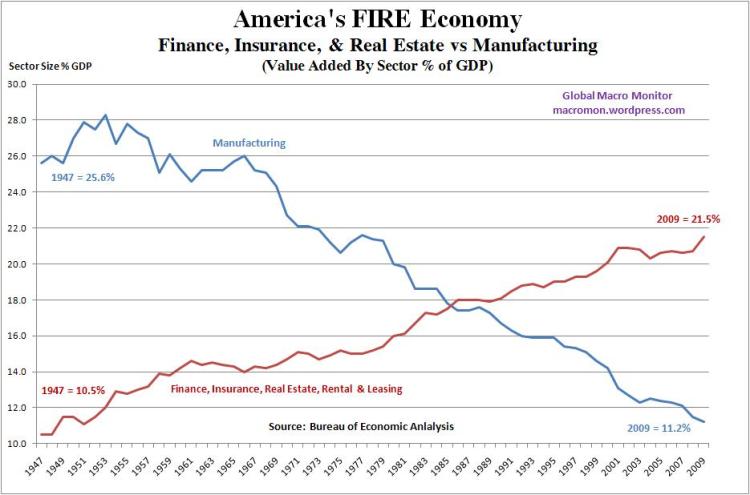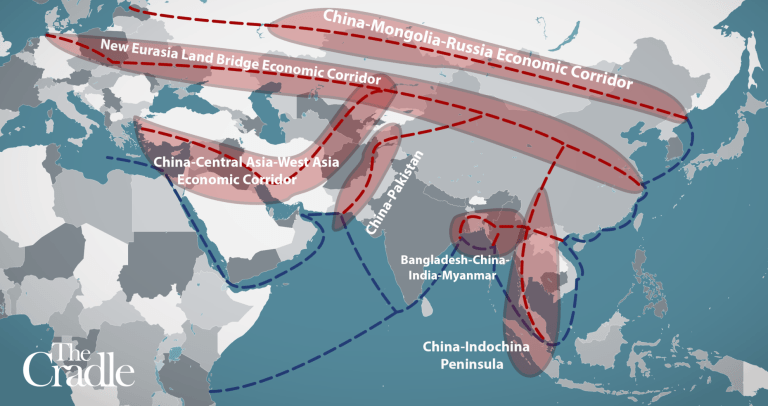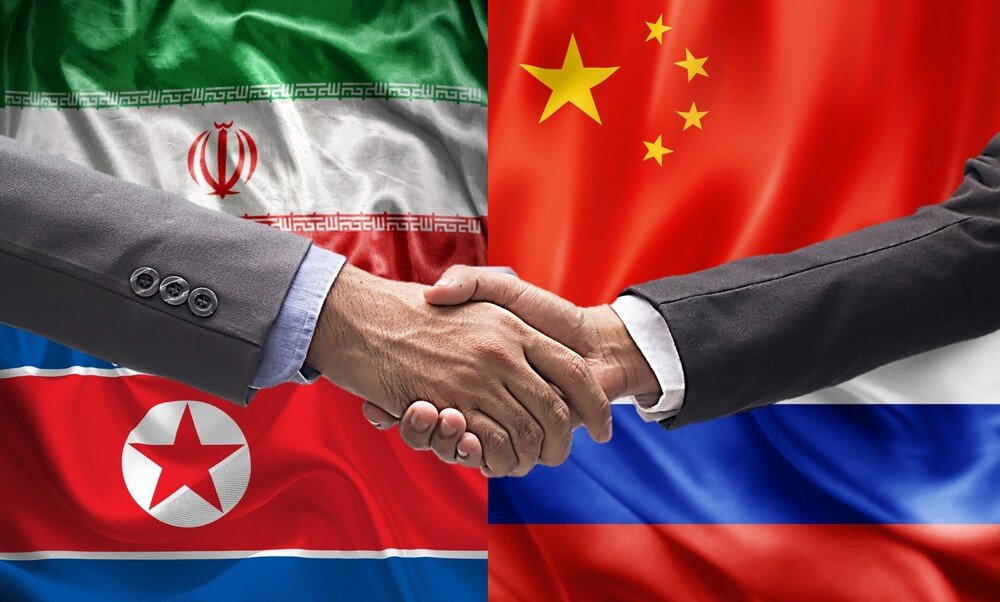As Pepe Escobar outlined in his recent Global South: Gold-backed currencies to replace the US dollar, during the past months, the world saw Eurasian nations take great strides towards the inevitable creation of an alternative financial system capable of withstanding the effects of the onrushing blowout of the $1.5 quadrillion bubble that some still wish to call the “western banking system”.
Contrasted with those ideologues committed to preserving the unipolar hegemon propels in a bid towards hyperinflationary (and possibly thermonuclear) hell, the BRICS nations have announced three new members (UAE, Bangladesh and Uruguay) to the membership roster of the New Development Bank. Meanwhile Turkey, Saudi Arabia and Egypt have all officially applied to join BRICS+.
Additionally Russian ambitions for a new Arctic development vision that entails a multi-generational grand design for the far east and northern-most regions of Eurasia has also created a climate of long term thinking that is in total synergy with China’s Belt and Road Initiative.
The Roots of the Oncoming Collapse
While many a myopic economist treat the oncoming collapse of the western banking system as a non-event (or the unavoidable effects of a pandemic), the reality is that this blowout has been a long time coming. Events associated with the Coronavirus-induced economic shutdown may prove to be the pin prick that blows the bubble, COVID-19 cannot be said by any honest person to be the actual “cause”.
It is difficult to pin-point the exact “moment” in time that the trajectory of the system found itself on a path towards a self-implosion… but it wasn’t a virus.
Months before anyone had heard the name “COVID-19”, former Bank of England Governor Mervyn King was already looking at the newly revamped bailouts begun in September 2019 and screamed of a “financial Armageddon” ahead.
But was this the beginning of the end of the financial system?
Not at all.
Case Studies in Folly #1: 2008
Some have argued that the 2008 blowout of an over-extended speculative bubble in the subprime housing market was in truth never resolved, but merely papered over with a new regime of bailouts of private gamblers and loop-hole-filled regulation like Dodd-Frank that only protected the derivatives assets which had already ballooned to 10 times the world GDP in less than two decades.
While this would certainly be a valid thing to observe, it wouldn’t be the full truth.
Case Studies in Folly #2: 2000
Others might point to the meltdown of the dotcom/Y2K bubble in 2000 when the new millennium hit and the world kept spinning. The burst of the dotcom bubble at this time sent markets into a potential tailspin… although it didn’t trigger the systemic chain reaction that many had been afraid of at that time.
Those choosing to point to this moment as the “start” of the collapse might also note that it was only the 1999 repeal of Glass-Steagall that allowed for the merger of commercial and investment banking activities into new Universal ‘Too Big To Fail’ structures which created a new dynamic of fictitious growth of economic value that allowed the world to avoid the abyss in 2000.
The ensuing deregulation of ‘over-the-counter’ derivatives under the Commodities Futures Modernization Act of December 20, 2000 are after all what allowed for a new sub-prime housing bubble to grow under Greenspan’s watch. From 1999 to 2008 when the new bubble began to collapse, derivatives had inflated from $70 trillion to $708 trillion which is no small thing.
But that wouldn’t be the full truth either.

Case Studies in Folly #3: 1987
Others looking at more subtle systemic shifts might look to the Black Tuesday of October 1987, when stock markets collapse by 25%, and the world watched with bated breath as a new bank panic threatened to replicate the devastation of the 1929 meltdown that ushered in the Great Depression.
These people might take note that the only “fix” in 1987 was caused by Alan Greenspan’s normalization of “creative financial instruments” which took junk bonds, and derivative speculation from the slimy illegal gutters that had sent scam artists like Michael Milken to prison earlier, and rehabilitated the practice in perverse ways which some credulous tools still believed to this day “saved” the economy.
What did he do? In short, Greenspan accomplished this Herculean task by bringing derivative bets (aka: forms of gambling on infinitely divisible types of insurance on securitized debts including junk bonds) into the mainstream economy giving supercomputers and quantum mechanists new roles to play in creating “value” without producing anything at all. While this could be said to be the “starting point” for the now-impending collapse, even that wouldn’t be the full truth.
Case Studies in Folly #4: 1971
One could easily go back in time to the systemic changes that were introduced by the floating of the U.S. dollar and destruction of the gold reserve system in 1971 under the careful guidance of Henry Kissinger and George Schultz.
It was after all this destruction of the foundations of the Bretton Woods system that ended the 25 year post-war “industrial growth” model that defined economic value between 1945-1971.
This shift from a fixed exchange to floating exchange system thrust society into a new paradigm of consumerism, post-industrialism and deregulation which increasingly detached the individual members of western society from having any involvement in long term goals of the societies they were parts of.

Basic concepts like “value”, and “productivity” were increasingly turned inside-out as monetarism began to grip the minds of economists who increasingly lost their capacity to recognize the underlying PHYSICAL economic processes of industrial, scientific and infrastructure growth that former generations recognized must always infuse genuine value into currencies.
The loss of that productive ethic, driven as it once was by large scale, long-term thinking and planning, not only turned the western economies into self-destructive basket cases floating from moment to moment in the pursuit of maximising shareholder profit, but also encouraged the cancerous growth of private oligarchical supranational interests above the jurisdictions of any sovereign nation state.
The plunge into cultural decay associated with a loss of national goals, priorities and values should not be lost on any thinking being. As the old parable goes: Where there is no vision, the people perish.
But even this couldn’t be said to be the absolute cause of our current crisis.
Dynamics vs Mechanics: A Lesson Which Must Now Be Learned
The fact is that there really is no singular “moment” that one can say “caused” the oncoming economic collapse. Reality just doesn’t seem to work like that.
What we have are decisions to move society into directions that either 1) bring our species into greater alignment with the laws of the universe or 2) decisions to move society in another direction with a growth or loss of potential to do good in either case.
Each of the moments stated above (1971, 1987, 2000, 2008, 2021) were crisis points which carried the opportunities for systemic corrections in alignment with Natural Law.
While each “moment” contained a great potential for self-examination and self-criticism of foolish behavior and assumptions which generated those crises, many who stood up as consciences calling forth our better natures and offering alternative pathways out of the ever deepening abyss were ridiculed, slandered, shunned, or worse as Deutschebank head Alfred Herrhausen discovered when his car blew up on November 30, 1989.)
The Multipolar Alliance Breaks the Rules of the Rigged Game
The Multipolar Alliance which has taken on a vigorous life in recent years has demonstrated a profound understanding of this oncoming collapse and has made many maneuvers to establish a new financial, security, economic architecture premised on the lessons the west SHOULD have learned at each of those “pregnant moments” have punctuated the last half century.
Many mechanisms have been brought online in recent years by this grouping of civilizations which could be considered a “survivors club of the 21st century” unwilling to sacrifice themselves on the altar of a New World Order.
When the USA became too aggressive with their sanctions and threats to block Russia from the Wall Street dominated SWIFT system after the 2014 Ukraine coup, Russia took the initiative to create their own international payment system with MIR and the SPFS (System for Transactions of Financial Messages) in 2015 and China soon followed suite with the China International Payment System (CIPS) that same year.
When it became obvious that the private central banking system of the west under the helm of the Bank of International Settlements and associated World Bank/IMF structures were not going to cooperate with the China-led growth ambitions showcased by the New Silk Road (announced in 2013), China and 57 other founding members lost no time creating the Asian Industrial Investment Bank which went online in 2016. Today this bank has 103 members.
The AIIB joined the BRICS-led New Development Bank which had come online in 2015 and was associated with a $100 billion Contingency Reserve Agreement that created a buffer from speculative attacks and alternative lending mechanism from IMF special drawing rights.
China itself had never given up their national controls over a central banking system (unlike nearly ever other country on Earth) and also never gave up Glass-Steagall separation of investment from commercial banking activities despite the years of pressure and manipulation from western sociopaths like Soros and his minions embedded within the Chinese establishment like Zhao Ziyang.
This successful defense of its sovereign controls over finance has given China the power to defend itself against western oligarchs and chart out its developmental pathways successfully in the face of countless forms of economic and asymmetric warfare.
By now, anyone reading these words must recognize that China’s $3 trillion Belt and Road Initiative is more than just a monetary program or macro-economic business model.

Like the better traditions that once animated western nations, China’s BRI has re-united politics, economics, security and cultural policy in a transformative program that has pulled 800 billion souls out of poverty and introduced new productive, educational and cognitive powers among all nations participating in this innovated win-win system.
Is this system perfect? Not at all.
Are mechanisms like the New Development Bank or AIIB immune from foreign manipulation?
That would be a stretch, since a British knight (Sir Danny Alexander) sits as Vice President for AIIB Policy and Strategy indicates that there are problems. The fact that only $30 billion in investments have been issued among BRICS nations by the New Development Bank since it’s creation 6 years ago also demonstrates a lack of vision or capacity within that institution.
Constant foreign destabilization of the weakest members of the BRICS (Brazil, South Africa and India) with regime change operations and economic warfare certainly hasn’t helped improve the situation.
Although the Russian economy has moved far from the dark days of the 1990s, the sad fact remains that the central banking system is still a nest replete with liberal technocrats who emerged into power positions under perestroika and have little will or capacity to think in terms of the bold vision for either multigenerational planning which Putin’s Far East Development vision requires, let alone Russia’s larger integration into an evolving belt and road initiative.
Despite these problems, the Multipolar Alliance has demonstrated a drive towards: 1) scientific and technological progress driven by 2) constant industrial growth in order to 3) empower sovereign nation states to develop full spectrum economies and 4) encourage the increase of quantity and quality of population growth rates both on the surface of the earth even into space.
What gives this paradigm its vitality is not to be found in those mechanical predicates enumerated above. Among the top down considerations and priorities of this paradigm is to be found the sacredness of the cognitive power of participating people of diverse cultures and a defense of the deeper cultural traditions that unite our present moment with the forces of history.
These dynamics bring us to the essence of what makes an economy function and imbues a society with the Mandate of Heaven (Tian Ming).
This paradigm, once dominant in the west during saner times long past, is now a driving feature of the Greater Eurasian Partnership and its foundation in natural law, basic morality and common sense has made it an ever more attractive alternative to the burning Hindenburg which nations of the world have increasingly come to realize is the western, rules based neo liberal order.
By Matthew Ehret
Published by Canadian Patriot
Republished by The 21st Century
The views expressed in this article are solely those of the author and do not necessarily reflect the opinions of 21cir.com.

